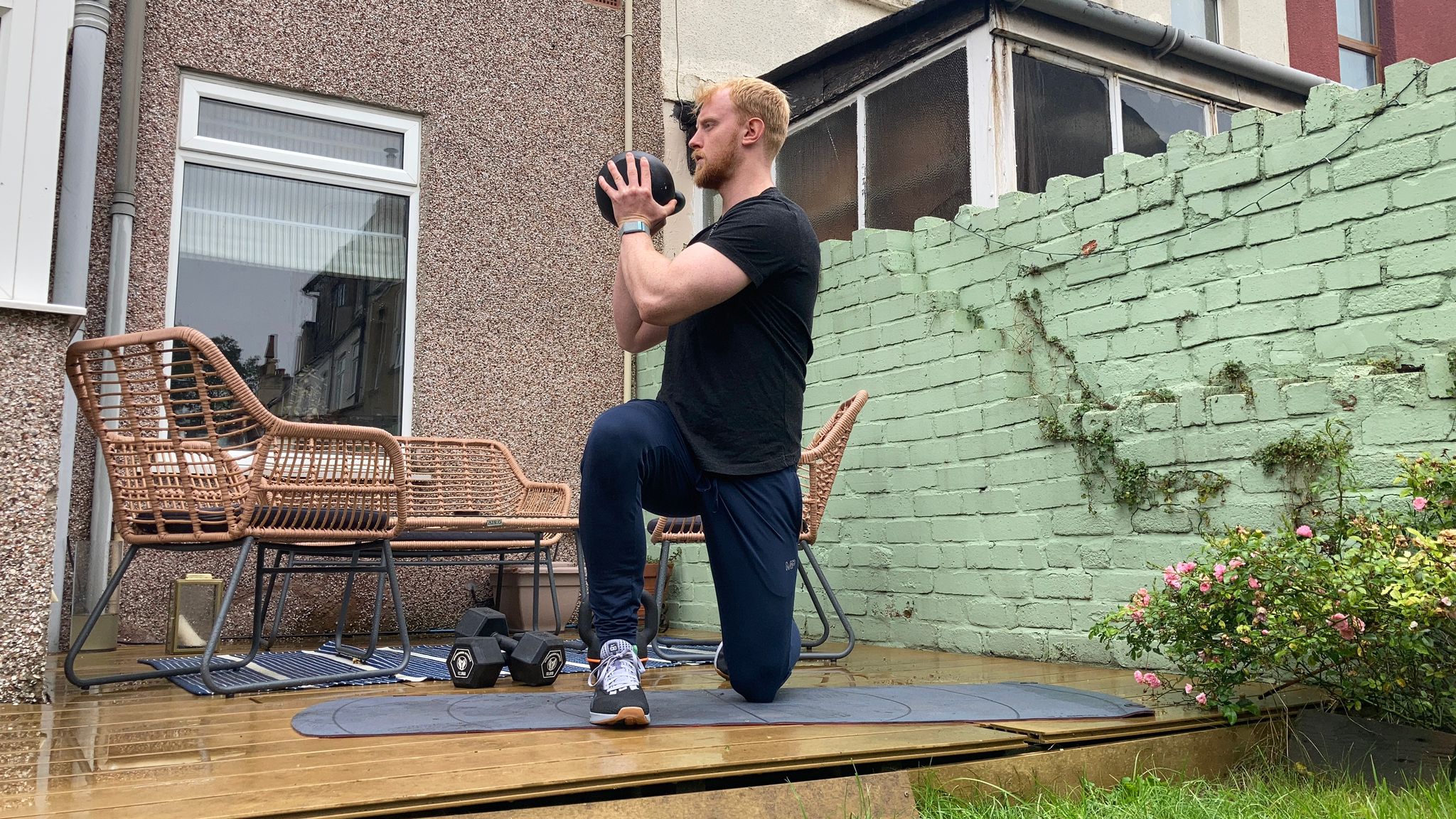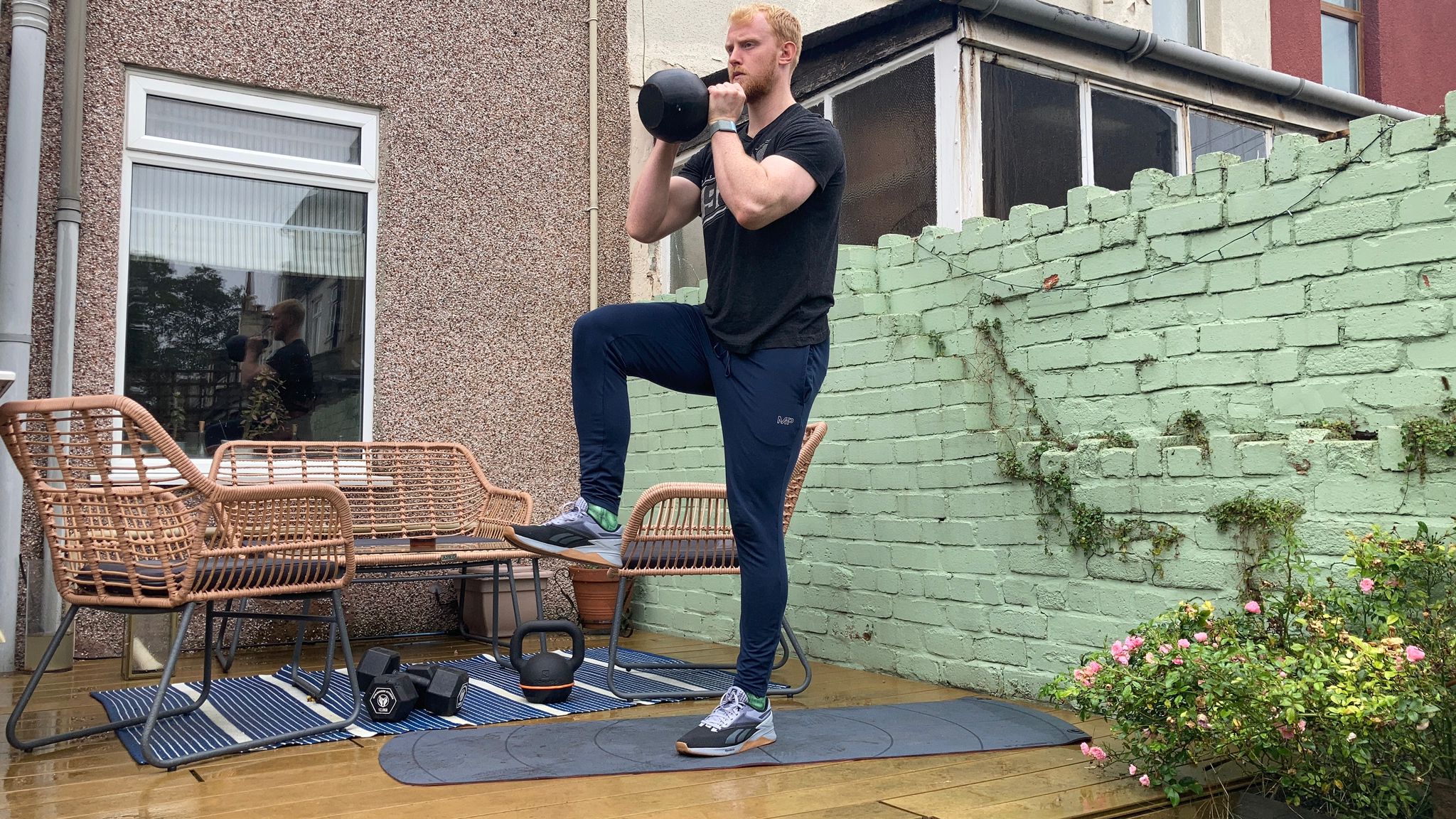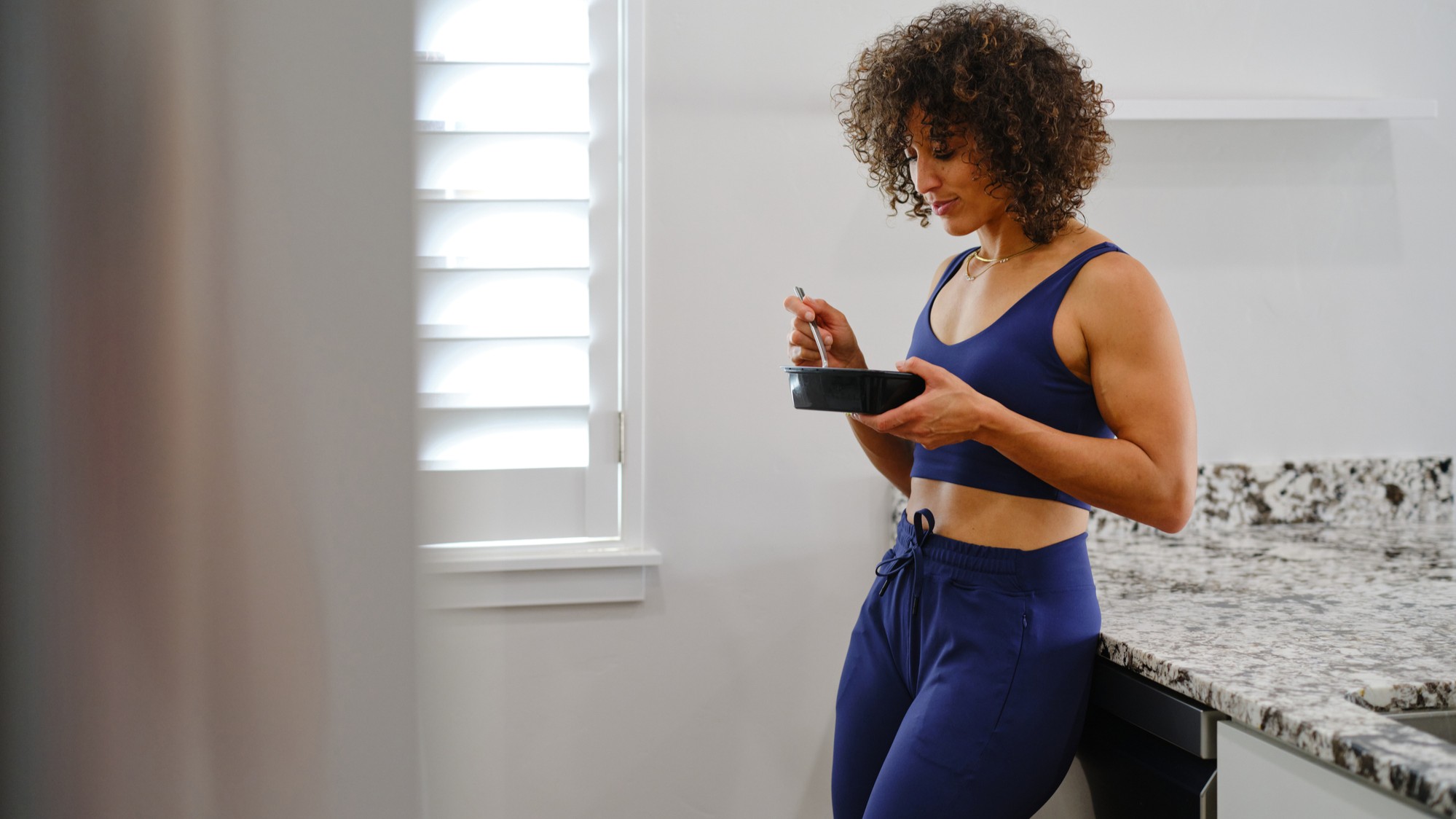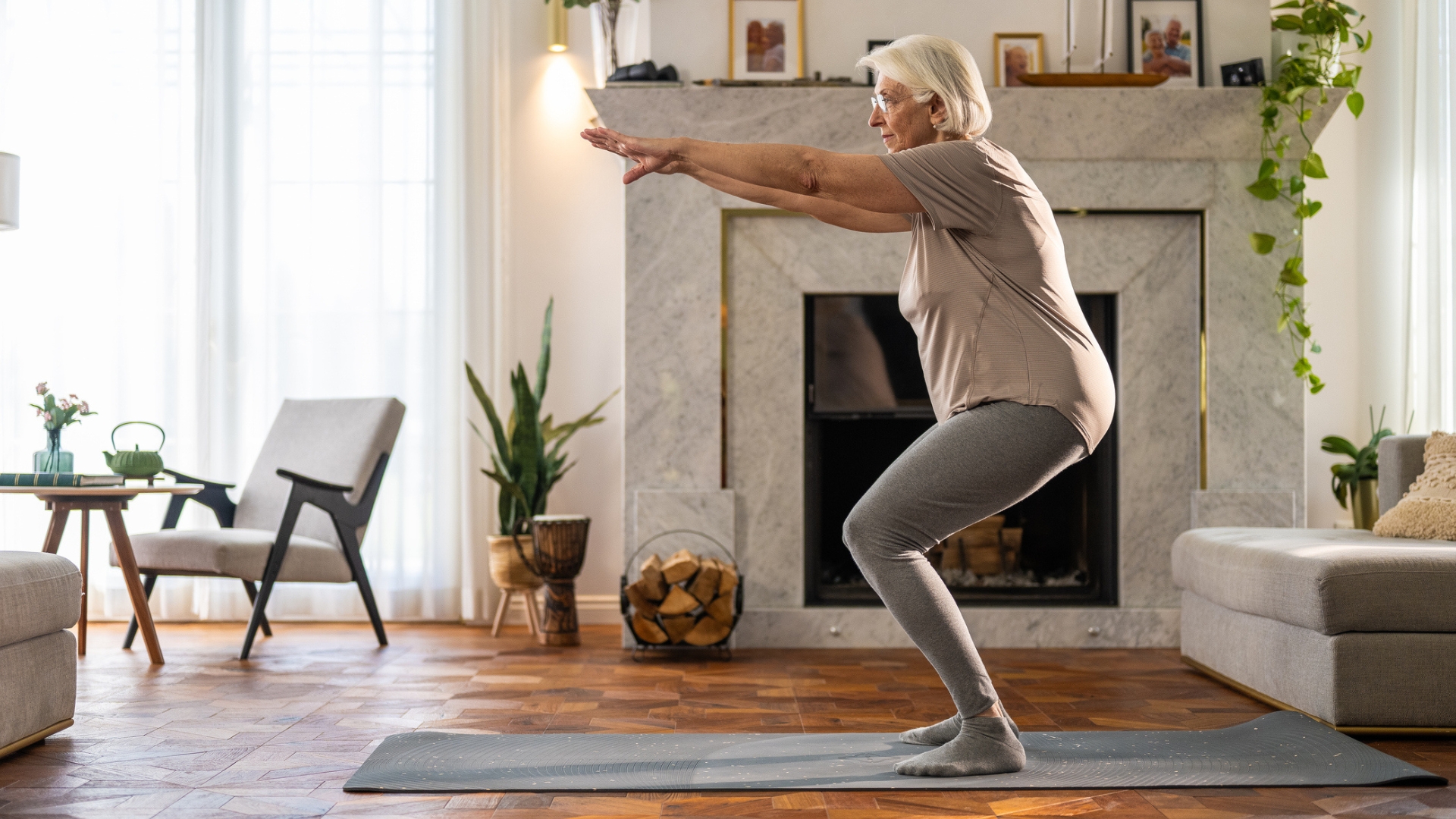I swapped sit-ups for these five kettlebell moves and enjoyed a far more effective core workout
This routine helped me build functional core strength


If your ab workouts consist of sit-up after sit-up after sit-up, it's time you changed your ways.
Why? Not only will this repetitive approach leave you mind-numbingly bored, but it may not provide your abs with the functional strength they need to fulfil their real purpose.
Over the last year I've swapped my regular sit-ups for the five kettlebell moves in the video below, by certified personal trainer Deanna O'Donnell (@DeannaODFit), and the results have been impressive.
If you want to give it a go for yourself, grab a kettlebell or two and get ready for a blissfully crunch-free core session.
Watch Deanna O'Donnell's alternative core workout
A post shared by Deanna O’Donnell | Online Fitness Coach + CPT 🩵 (@deannaodfit)
A photo posted by on
Benefits of this workout
Instead of repeatedly flexing your lower back with sit-ups or crunches, O'Donnell's moves activate your core muscles so they support your spine and resist the force of the kettlebell pulling you off-center.
Aaron Horschig, a physical therapist and strength training specialist, praised this way of training on his Instagram page.
“Your six-pack muscles work with your other core muscles to protect your spine by limiting spine motion when you lift. While your spine is very flexible and it’s designed to move, it’s not designed to move too much while bearing load."
Get the Fit&Well Newsletter
Start your week with achievable workout ideas, health tips and wellbeing advice in your inbox.
The goal is to keep the spine as stable as possible and that’s where strong abs come in. "If you want to see your abs, you just need a low body fat percentage, but if you want to use this muscle for its real purpose, stop doing sit-ups," he says.
A post shared by Squat University (@squat_university)
A photo posted by on
My thoughts on this workout

This workout doesn't deliver the targeted "abs burn" that a bucket-load of sit-ups will inevitably bring. But that doesn't mean it isn't effective. Instead it offers a 360° approach, activating muscles that are wrapped all the way around my midsection.
I could feel the marches in particular firing up deep-lying core muscles, while the half-kneeling rotations targeted my obliques. I also enjoyed the back muscle-bolstering effects of the gorilla rows.
By the end, my forehead was prickling with sweat and all of my mid-body muscles had that dull ache that a comprehensive core workout can bring.

Strengthening my core muscles has been a game-changer. I've been able to lift heavier and move better during my usual CrossFit sessions, and it's also allowed me to train with greater consistency by helping me stave off injuries.
These impacts translate to life outside the gym too. Being injury-free makes daily activities both easier and more enjoyable, while the increases I've seen in stability and strength made a recent house move feel like a breeze.
So, if you're looking to spice up your workouts and build real-world strength, I'd definitely recommend giving this core workout a try.

Harry Bullmore is a Fitness Writer for Fit&Well and its sister site Coach, covering accessible home workouts, strength training session, and yoga routines. He joined the team from Hearst, where he reviewed products for Men's Health, Women's Health, and Runner's World. He is passionate about the physical and mental benefits of exercise, and splits his time between weightlifting, CrossFit, and gymnastics, which he does to build strength, boost his wellbeing, and have fun.
Harry is a NCTJ-qualified journalist, and has written for Vice, Learning Disability Today, and The Argus, where he was a crime, politics, and sports reporter for several UK regional and national newspapers.
-
 Put down the protein shake—this high-protein chicken and rice recipe is a better way to refuel after a workout
Put down the protein shake—this high-protein chicken and rice recipe is a better way to refuel after a workoutAnd it only takes 10 minutes to make
By Lou Mudge
-
 The three Pilates exercises every beginner should start with, according to an expert instructor
The three Pilates exercises every beginner should start with, according to an expert instructorA sequence that will take you no more than 10 minutes
By Alice Porter